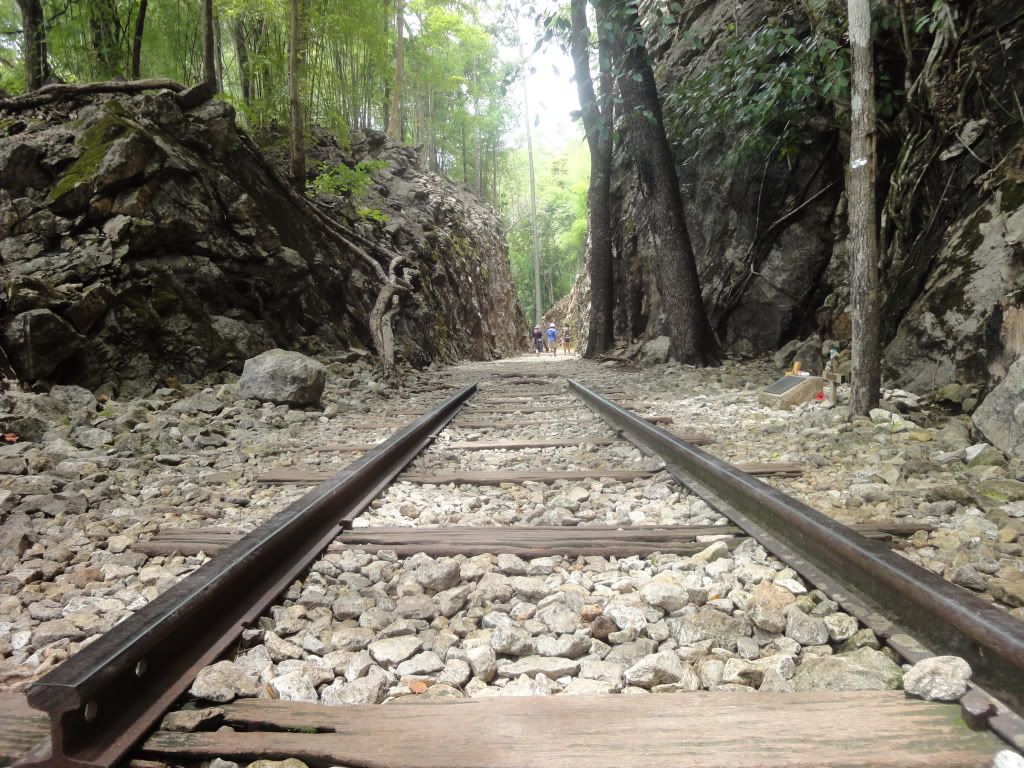Nowadays, Kanchanaburi is one of the most favorite destination for travellers as this province has many fantastic places for travellers including famous waterfall, river, mountain and many more. However, during the time of world war 2, Kanchanaburi is the site where the Alliance prisoner of war are captured by the Japanese army for building railway to attack Myanmar.
The most brutally sites for Alliance's POW is called Chong Khao Khad or "Hellfire Pass" where large number of Alliance's POW died at this sites. Currently, Hellfire Pass has been build as War Memorial Museum where you will have a chance to learn the interesting story and real images of POW during world war 2. Hellfire pass war museum divided in 2 parts.
First, the main museum building where you can discover the merciless of world war 2 through the real images and mini-theater display the old film of word war 2 and you can also ask for the Guide to describe the history of this place and bring you to the real site of Hellfire pass railway where the Alliance's POW builded the railway for Japanese army.
The second site for this museum is the natural pathway to discover the real railway site during world war 2. Even though, the genuine railway has been removed after the end of world war 2, the scenery of the railway still cover all area of this site. The approximate time for visiting this site is around 45 minutes.
How to get there
-Drive from the City Center of Kanchanaburi via highway number 323 (Kanchanaburi to Thongphaphum)
-Chong Khao Khad situated 64-65 Kilometers from Kanchanburi city center
-You will see "the Division of Agriculture and Cooperatives, Office of Development", then, turn left and drive around 1 km.
-You will see the main building of war memorial museum.











